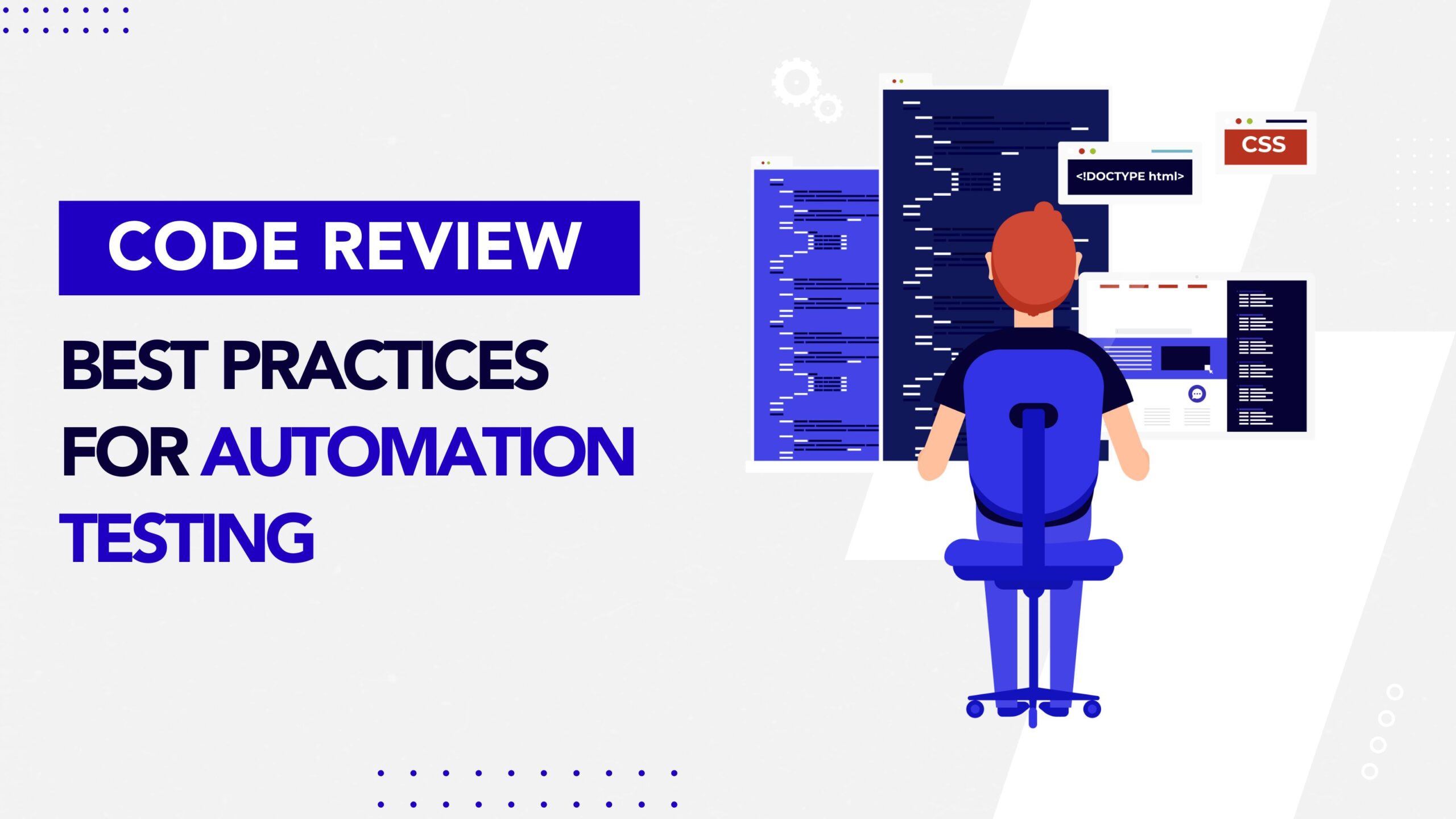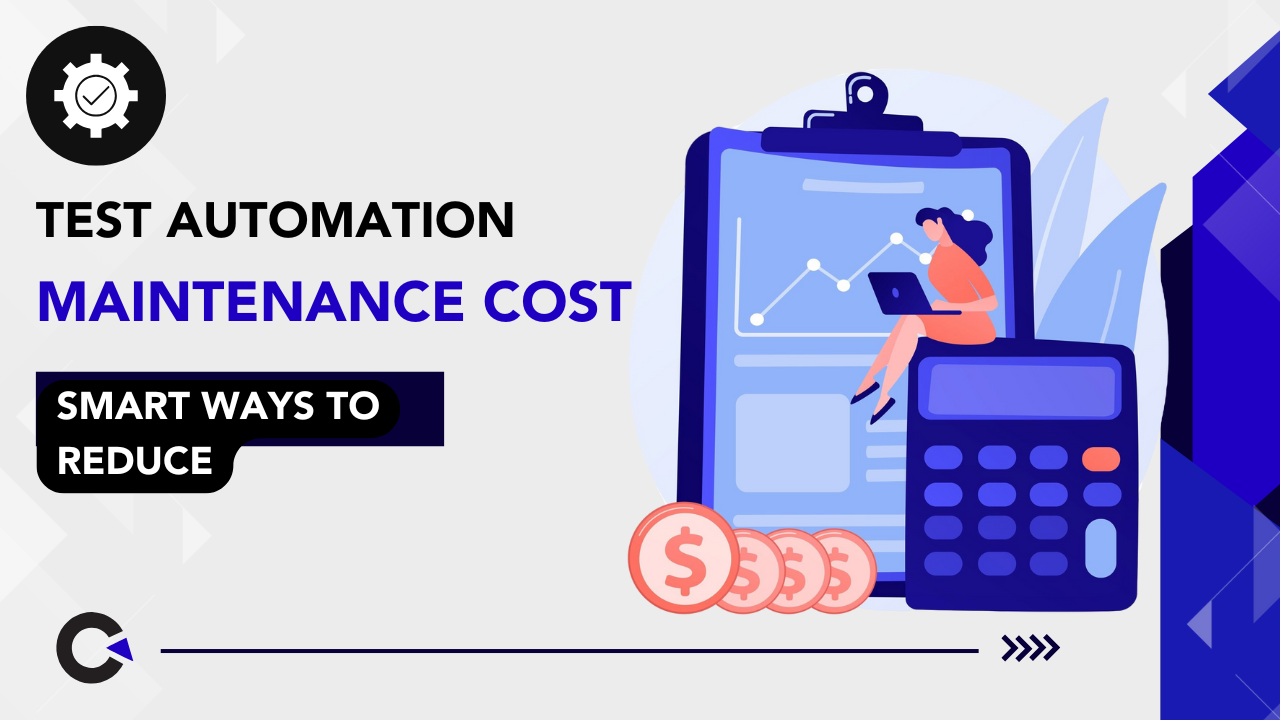Even though automation is a great asset that can greatly reduce the efforts needed in software testing, it has to be used properly to reap all its benefits. There are various instances where software testing companies have tried to implement automation in their various projects and failed due to various complications. On the other hand, we’ve followed the test automation best practices in all our automation projects and have witnessed tremendous success. By doing so, we have been able to focus on aspects such as exploratory testing to unearth hidden bugs instead of focusing on repetitive tasks. So these test automation best practices can help you reduce the time needed to reach the market, increase outcome precision, avoid human error and eventually assure maximum product quality.
Decide which tests to Automate:
Similarly, it is also not recommended to automate every single test that can be automated. Apart from that, certain types of testing like exploratory testing and accessibility testing need manual efforts for it to be successful. Trying to use automation there will not result in the loss of time and effort, it will also reduce the overall quality of the product that you are testing.
So deciding which tests have to be automated plays an important role in achieving successful and efficient test automation. As a leading automation testing company, we usually follow the set of guidelines listed below for making this decision.
The type of tests that would benefit from automation.
- Repetitive tests that demand a lot of manual effort.
- Tests that are prone to human errors.
- Tests that should be executed on multiple platforms, hardware, or OS setups.
- Constant tests that will not undergo frequent changes.
- Tests that have to cover numerous builds or versions.
- Heavy tests that require numerous data sets and large amounts of data to execute.
- Tests that utilize frequently used functions.
Identify an Automation Testing Framework:
The next automation testing best practice involves identifying and choosing the right testing framework for your needs from the long list of automation testing frameworks that are available in the market. The framework you choose should be suitable for the technology that will be used to develop the app and the intended platforms that you are planning to run the tests on. It should also align with your testing strategy and goals. The cost of the automation framework is also a crucial factor to consider. The open-source options do have an edge over the commercial tools in terms of pricing and the constant improvements that happen due to various community contributors.
Pick the Right Automation Testing Tool:
Using the right automation testing tools is one of the test automation best practices as it will definitely have a huge impact on the success rate of your automation. So be clear as to what your need is and identify a list of tools that you could use and then choose the right tool for you. Since there are a lot of open-source automation tools, proper R&D will be needed before you directly implement a tool in a project without much knowledge. Here are a few factors to consider when choosing the right automation tool for your needs.
- The type of application being tested is the first focus point. If you have to test a web-based app, you can opt for Selenium for automation as it is one of the most popular web app automation testing tools. Likewise, if you are looking to test a mobile app, you can choose Appium to fulfill all your automation needs with the least effort.
- If choosing the right automation tool for your needs is crucial, so is choosing the automation tool that will suit your testing team. The most well-known languages utilized for automation testing are Java, JavaScript, Ruby, C#, and so on. Based on the language your team is comfortable with, you can pick the automation tools.
- The cost will definitely be a deciding factor as not all will have the provision to opt for commercial solutions. So you should also consider the financial plan and requirements before choosing the automation tool for your project. Selenium and -Appium are some of the best examples of open-source automation testing tools.
Execution Plan:
Once you have the right automation framework and tools, developing an effective execution plan is the next challenge. So let’s focus on the process to create an execution plan that defines all the everyday tasks and methods related to automation.
- The test cases have to be executed using pipelines like TEXTJenkins, TeamCity, Bamboo, and so on. By doing so, you will ensure that regression tests will either run as a component of a build/deployment event or at a time of your choice.
- Parallel text execution is a great approach that can enable the input from the regression tests to reach the development team as quickly as possible.
- Though you can never test a product excessively, the combination of effective test automation, solid test cases, and planned/controlled execution will assure constructive outcomes.
Allocate tasks based on skill:
Allocating tasks based on your team’s skill set is also a part and parcel of your execution plan. So allocating test cases and tasks based on their technical skill is also one of the test automation best practices. As stated earlier, 100% automation is not possible. You might have a team member who is excellent when it comes to automation. But if you assign a manual task to that person, you will be wasting a lot of potential. Likewise, the resource might have to be fluent with a certain automation tool to perform the tests. So ensure that the resource you are allocating the task to has the skills to handle it.
As a pioneer in the software testing industry, we always make sure to have a well-balanced software testing team that can handle any type of challenge. But allocating the tasks alone isn’t enough as the team members should be clear of their goals and objectives to perform as expected. So make sure that you define the need clearly to your entire team.
Release Control:
No matter how well your pipeline is developed, there will come a moment where the group needs to decide if they should deliver a build or not. Though parts of this decision-making can be automated, various parts of it will definitely require human intervention. So it goes without saying that the release control should be a seamless blend of both algorithm results and manual decision making.
- Since the outcome of the automation tests is integral to the delivery choice, you can either opt to release if all the regression tests pass or have an experienced tester endorse the outcome before release.
- Include the application logs of all the regression test cases that have been executed as a factor when deciding to release. But make sure that your regression tests have great test coverage as those logs will reveal blunders that go beyond just the UI issues.
Failure Analysis:
Finally, in this list of the test automation best practices, we will be exploring failure analysis. Since test cases are prone to failure, you must analyze the failing test cases and identify the root cause behind their failures. You should also make the necessary arrangements to resolve the detected bugs and issues. By doing so you will be able to greatly reduce the time it takes to fix the bugs once they have been identified by the testers. So by having a clear-cut cycle, you can prevent unnecessary arguments and have them focus on fixing the issues by using all their resources.
Conclusion:
We hope you have found this blog to be informative and encourage you to implement these test automation best practices in your projects as well. Though different automation projects might have their own unique challenges, these test automation best practices are a great place to start. Being a top automation testing company, we understand that it is not just being the first to the market. Rather, it is about using automation to enhance product quality.
































Comments(0)